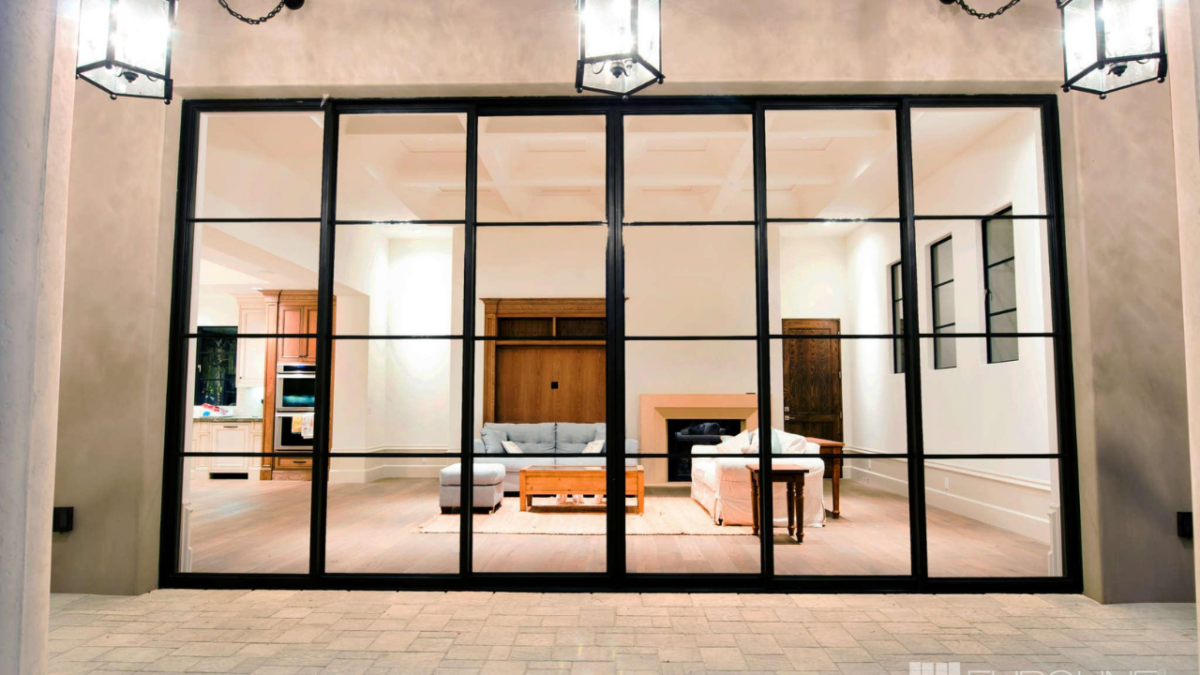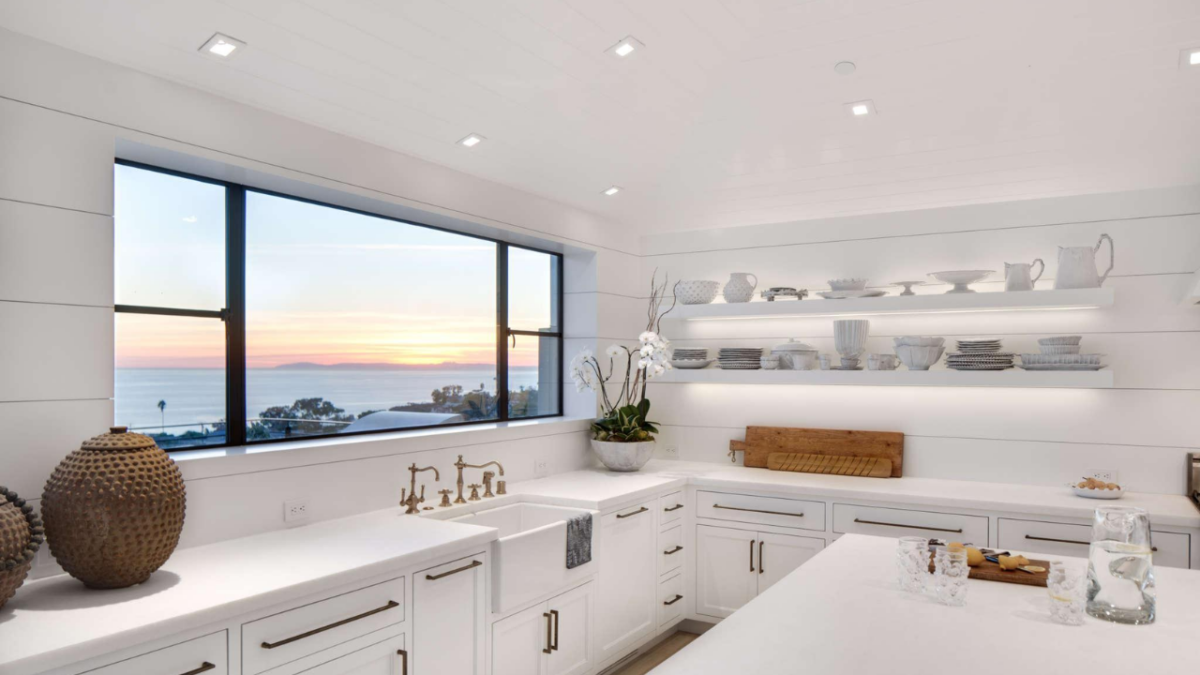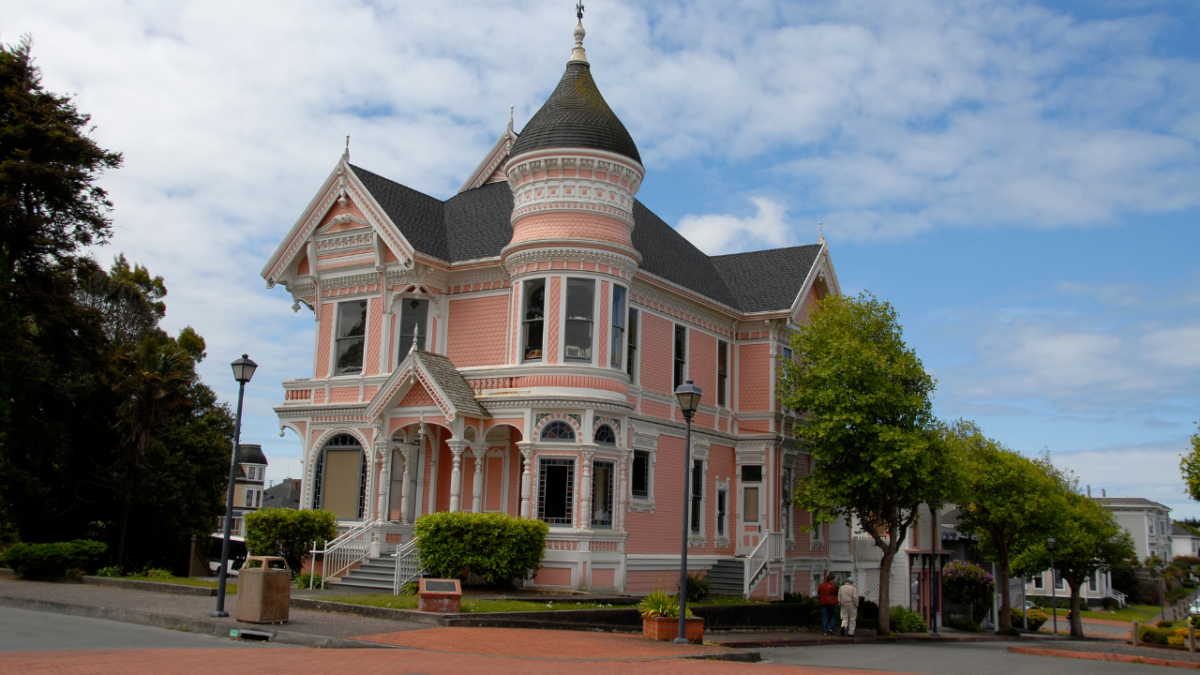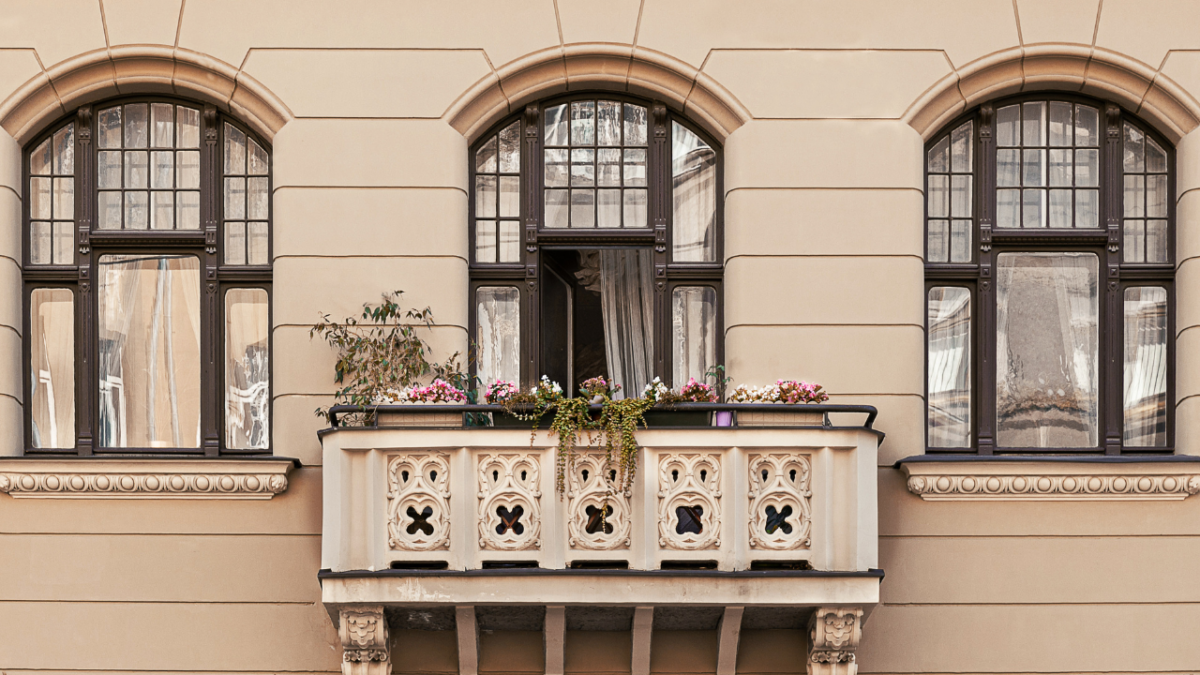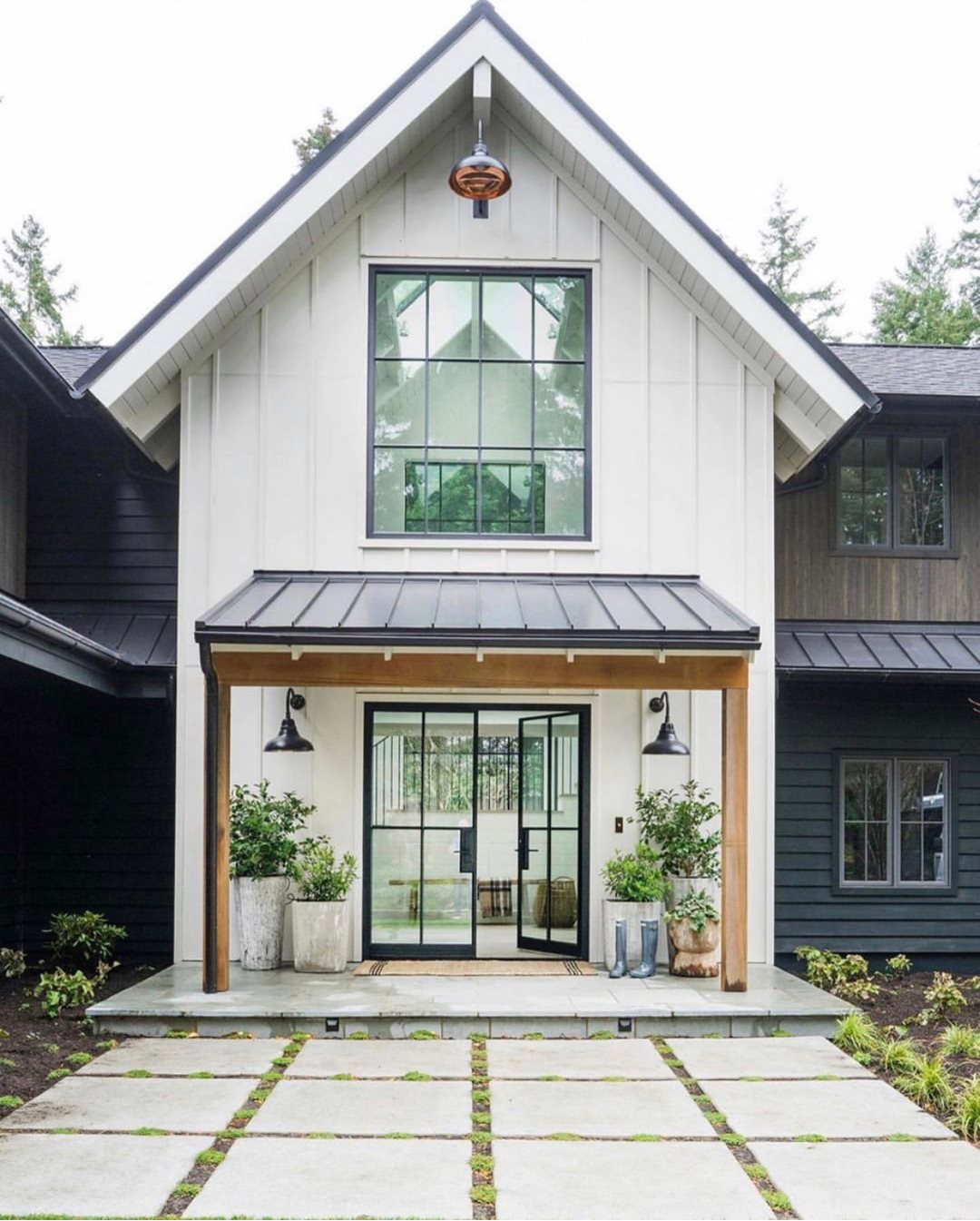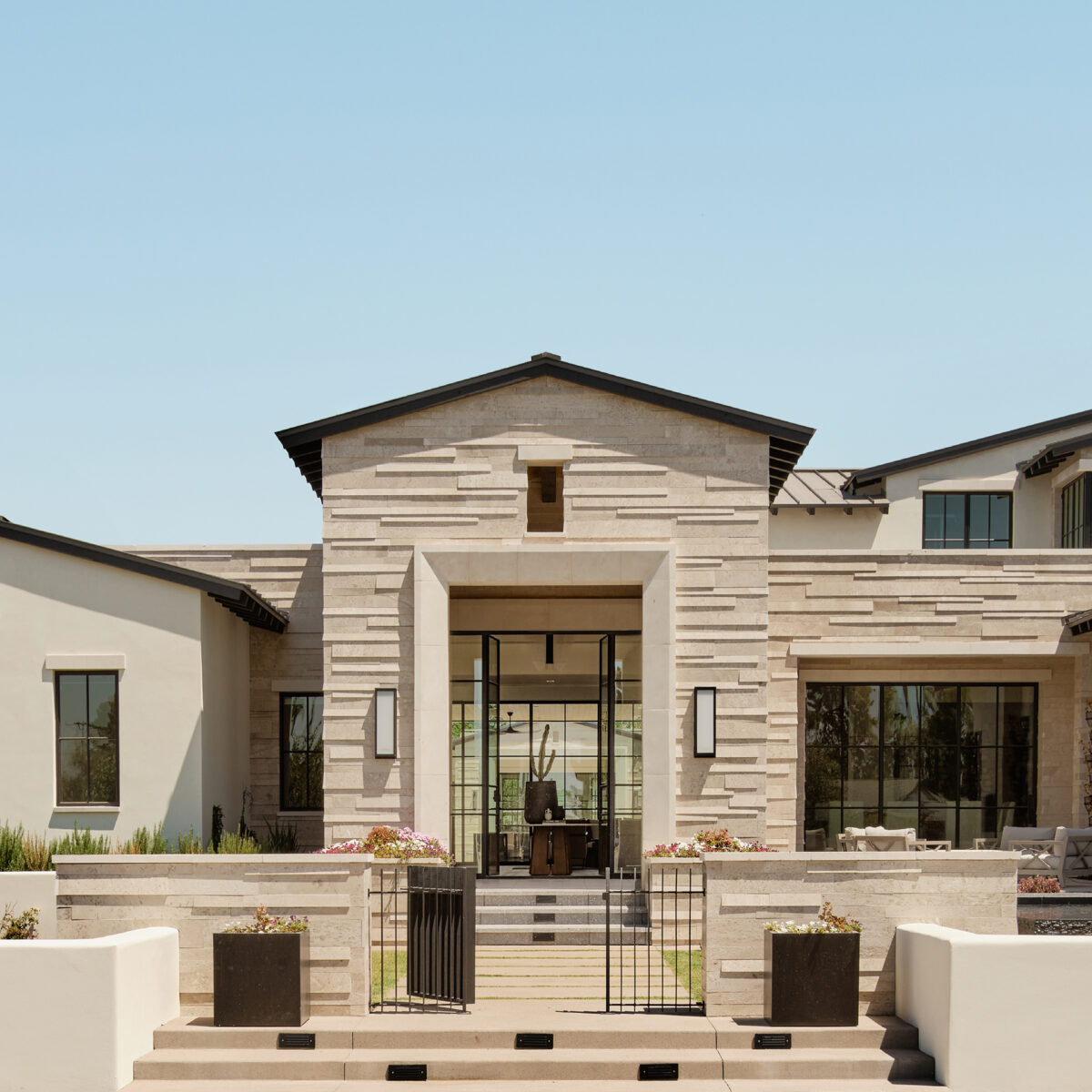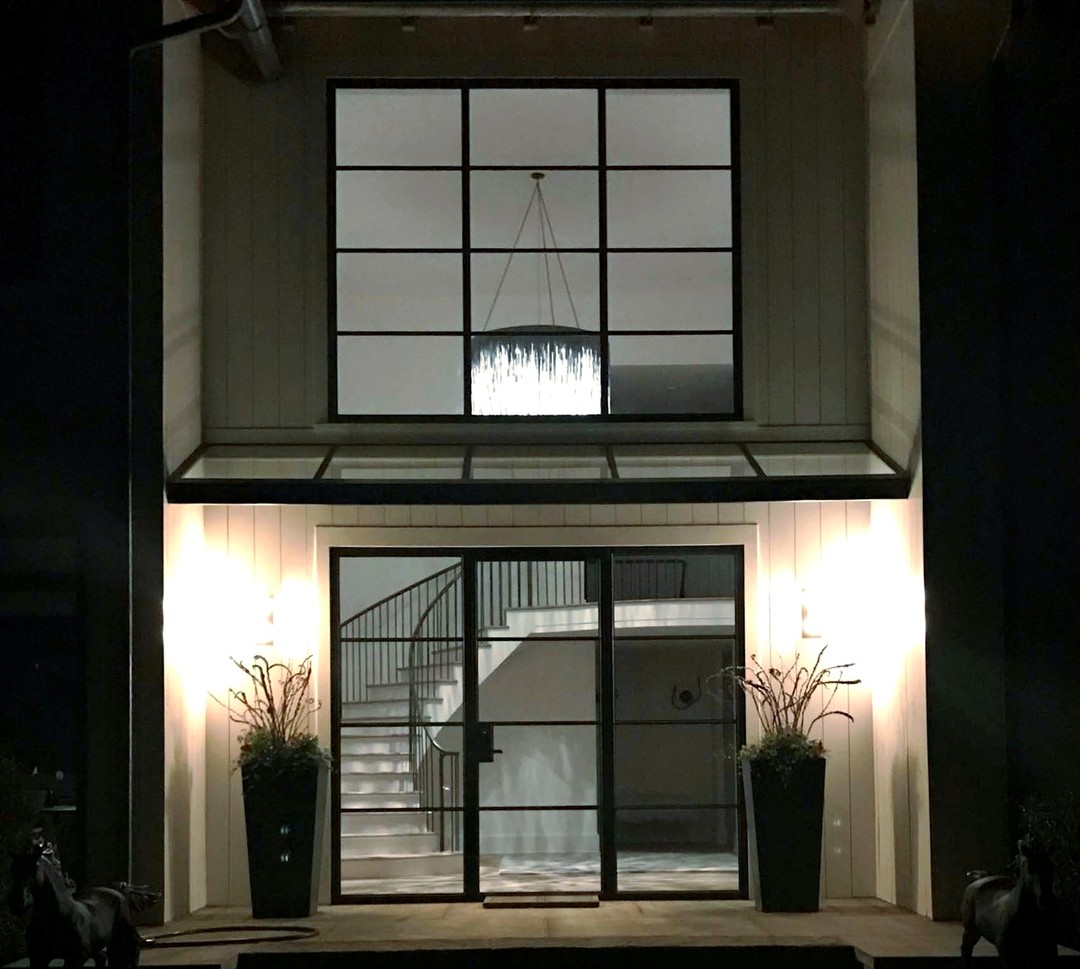Key Takeaways:
- Steel sliding doors are durable but need some care. Regular maintenance keeps them looking and working great.
- Clean the tracks often. Dirt and debris can make doors hard to slide. Use a vacuum, brush, or damp cloth to keep them clean.
- Check for rust spots. If you find any, gently remove the rust and apply a rust-resistant primer or paint.
- Lubricate moving parts. Use a silicone-based lubricant on rollers and tracks to keep doors sliding smoothly.
- Inspect seals and weatherstripping. Replace them if they’re worn out to keep your home energy-efficient and draft-free.
- Clean glass panels regularly. Use a glass cleaner or vinegar solution to keep them streak-free and shiny.
- Tighten loose screws and hardware. This prevents wobbling and keeps your doors secure.
- Avoid harsh chemicals and abrasive cleaners. They can damage the steel or finish.
- Steel sliding doors are easier to maintain than wood or aluminum. They’re durable, low-maintenance, and built to last.
- Euroline Steel Windows and Doors offers custom steel doors that are stylish, durable, and perfect for your home.
So, you’ve got steel sliding doors in your home. Great choice! They’re sleek, modern, and built to last. But even though steel is one of the toughest materials out there, your doors still need a little care to stay in tip-top shape. The good news? Taking care of them isn’t hard. With a few simple steps, you can keep your doors looking and working like new for years. Let’s break it down.
Why Care Matters for Steel Sliding Doors
First, let’s talk about why taking care of your doors is important. Sure, steel is strong and durable, but that doesn’t mean it’s completely maintenance-free. Regular care helps prevent issues like rust, dirt buildup, or tracks getting stuck. Plus, it keeps your doors looking shiny and new, which is always a bonus.
Think of it like this: even the best car needs an oil change now and then. Your steel sliding doors are the same—they’ll last longer and work better if you give them a little attention.
Easy Steps to Keep Your Doors in Great Shape
Here’s the good news: maintaining your steel sliding doors doesn’t take much time or effort. Just follow these simple steps, and you’re good to go.
1. Clean the Tracks Regularly
The tracks are what let your doors slide open and closed smoothly. But over time, dirt, dust, and debris can build up in the tracks, making the doors harder to move. Here’s how to keep them clean:
- Use a vacuum or a small brush to remove loose dirt.
- Wipe the tracks with a damp cloth to get rid of any grime.
- For stubborn dirt, use a mild soap and water solution.
Doing this every few months will keep your doors sliding like butter.
2. Check for Rust Spots
Steel is tough, but it’s not completely rust-proof, especially if you live in a humid or coastal area. Check your doors occasionally for any signs of rust. If you spot any:
- Use a soft cloth and a bit of steel wool to gently remove the rust.
- Apply a rust-resistant primer and touch-up paint to protect the area.
Catching rust early can save you a lot of trouble down the road.
3. Lubricate the Moving Parts
Your steel sliding doors have rollers, hinges, and other moving parts that need to stay lubricated. A little lubrication can prevent squeaking and make the doors easier to open and close. Here’s how:
- Use a silicone-based lubricant (avoid oil-based ones, as they can attract dirt).
- Apply it to the rollers, tracks, and any other moving parts.
- Wipe off any excess to keep things clean.
Do this once or twice a year, and your doors will glide smoothly.
4. Inspect the Seals and Weatherstripping
The seals and weatherstripping around your doors help keep out drafts, rain, and pests. Over time, these can wear out or get damaged. Check them regularly and replace them if needed.
This will help:
- Keep your home energy-efficient.
- Prevent water from getting inside.
- Stop bugs and dirt from sneaking in.
It’s a small step that can make a big difference.
5. Clean the Glass Panels
If your steel sliding doors have glass panels (and most do), keeping them clean is key to maintaining their look. Here’s how:
- Use a glass cleaner or a mix of vinegar and water.
- Wipe the glass with a soft cloth or squeegee to avoid streaks.
- Don’t forget to clean both sides!
Clean glass lets in more light and makes your doors look brand new.
6. Tighten Loose Screws and Hardware
Over time, the screws and hardware on your doors can loosen from all the opening and closing. Check them every few months and tighten any that seem loose. This will:
- Keep your doors secure.
- Prevent wobbling or misalignment.
It’s a quick fix that can save you from bigger problems later.
What Not to Do
While taking care of your steel sliding doors is pretty straightforward, there are a few things you should avoid:
- Don’t use harsh chemicals or abrasive cleaners. They can damage the steel or the finish.
- Don’t ignore small issues. Fixing a problem early can prevent it from getting worse.
- Don’t skip regular cleaning. A little effort now can save you a lot of work later.
How Steel Sliding Doors Compare to Other Doors
If you’re wondering how steel sliding doors stack up against other options like swing doors or specialty doors, here’s the deal:
- Steel doors are easier to maintain than wood. Wood can warp, crack, or rot, while steel just needs a quick wipe-down.
- They’re more durable than aluminum. Aluminum can dent easily, but steel holds up better to wear and tear.
- They’re simpler to care for than specialty doors. Barn doors or folding doors have more moving parts, which means more things that can break or wear out.
So, if you’re looking for a door that’s low-maintenance and built to last, steel sliding doors are a great choice.
Ready to Upgrade? Let’s Find Your Perfect Door!
At Euroline Steel Windows and Doors, we’re all about helping you find the perfect doors for your home. Whether you’re looking for sleek steel sliding doors, classic swing doors, or something more unique, we’ve got you covered. Our doors are custom-made to fit your space perfectly, and we’re committed to providing top-notch customer service every step of the way.
So, if you’re ready to upgrade your home with beautiful, durable doors, give us a shout. We’d love to help you find the perfect fit for your space.
And there you have it! Taking care of your steel sliding doors doesn’t have to be a chore. With just a little effort, you can keep them looking and working like new for years to come. And if you ever need help or advice, we’re here for you. After all, your home deserves the best!

